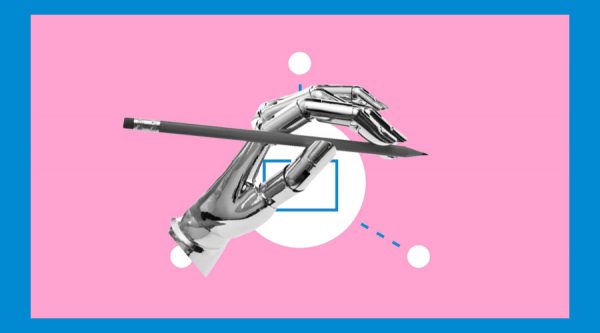Artificial intelligence-driven tools and technology, like machine learning, are a part of every person’s daily life. Our smartphones are the best example. Remember the last time you requested Alexa to play your favourite songs if you’re still stumped. You’ve got it, then, that’s it! These tools are powered by AI.
There are numerous tools on the market as we discuss the function of AI-driven tools in your software development process. The top 10 trustworthy AI-driven solutions that will support your software development process will be covered in this article.
ML Kit for Google
For the purpose of developing unique features for iOS and Android, mobile app developers can use this machine-learning technology, which was developed by Google experts. This technology is incredibly user-friendly and has been specifically tuned for mobile devices. A variety of vision APIs, including those for face detection, barcode scanning, object tracking and detection, picture labelling, link construction, pose detection, text recognition, and many others, are included in the Google ML Kit.
Apple Watson
IBM Watson is the best option if you’re looking to use an intelligence approach to get a competitive edge. Software development firms employ IBM Watson to streamline corporate operations and profit from expedited research and development, scalability of technologies and skills, enhanced interactions, risk reduction, foresight into market trends, and other advantages. Numerous corporate teams are now able to concentrate on their most important creative projects thanks to AI technology.
Tensorflow
This open-source math programme enables different software development firms to create, implement, test, and experiment with phoney high-volume data systems. Deep learning calculations are performed for the production process using the multi-layer, AI-driven computational tool known as Tensorflow. Additionally, the tool offers various benefits including simple prototyping, reliable machine learning, and effective experimentation. Additionally, it can run on any CPU, GPU, and device.
NIA Infosys
An AI-driven tool called the Infosys NIA was created by Infosys in 2017. This technology enables clients of different software businesses to collect all kinds of organisational data from technological and legal systems, business processes, and people and save it in a self-learning database that aids in the development of future strategies.
This development’s goals include predicting market trends, generating income, increasing sales, studying consumer behaviour, and other things.
Accord.NET
An AI-driven framework called Accord.net combines machine learning technology with libraries and the C# programming language. Because of its many layers, an end user has access to a large range of options. Due to its strong capabilities, including signal processing, self-learning algorithms, pattern recognition, scientific computing, computer vision, and other aspects, the tool is utilised in software development services.
H2O
This AI-driven application was created using a variety of computer languages, including Java, R, Python, and others. The technology is made to help developers create mobile applications for consumer intelligence, data analysis, risk analysis, and machine learning.
Mxnet
In order to support the development process, MxNet may provide the software development business with an ecosystem that enables them to experiment with different technologies and tools. The tool has the advantage of being scalable for research, tanning, production, and performance in addition to being integrated into eight languages, including Julia, Scala, C++, Clojure, Java, Pearl, and R.
Google Assistant Is anyone unfamiliar with Google? Every smartphone in the world has it, making it the most prevalent AI tool. The tool can simply browse any command, make reminders, arrange meetings, hold two-way discussions, and more. It also supports a number of other languages.
Deeplearning4J
A machine learning technology called Deeplearning4J was created in Java and Scala. Rapid prototyping is accomplished using the tool in software development services. The tool integrates into the micro infrastructure and utilises distributed GPUs and CPUs to run commercial operations. ScalaAPIs, Python, AWS, Hadoop, and Java are all supported by this AI tool. Additionally, it provides a unique toolkit for data engineers, DevOps, and data scientists.
Cortana
Microsoft created Cortana, an artificial intelligence virtual assistant. Although Cortana and Google Assistant are very similar, Cortana’s voice recognition feature is stronger. The primary benefit of this AI tool is that it can also carry out some jobs that are unique to humans.









